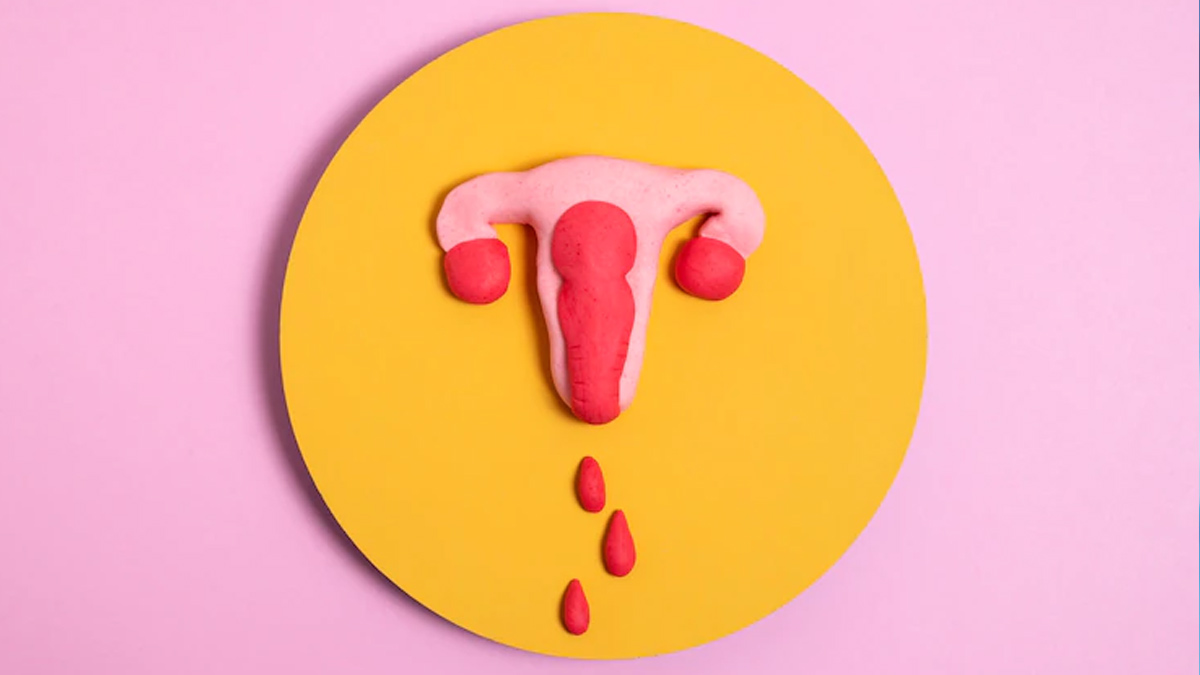
Infertility has become a common concern infiltrating our society today. As per AIIMS, 10-15 % of couples in India deal with “fertility issues”. As fertility problems become more prevalent, so are technologically-aided treatments to combat them. IVF-in vitro fertilisation is one such procedure that has become extremely popular and expanded the possibilities for a fruitful pregnancy.
Table of Content:-
“While IVF treatment has gained significant popularity, there is always uncertainty concerning its success rate. Enters hysteroscopy, a process that is frequently seen as a necessity for maximising the likelihood of achieving a favourable result. In hysteroscopy, the uterus is examined to increase the chance of successful embryo implantation during in vitro fertilisation,” said Dr Anusha GP, Consultant, Reproductive Medicine, Milann Fertility Specialist,Kumara Park, Bangalore.
Significance of hysteroscopy
“Before embarking on an IVF treatment, hysteroscopy is often considered a must. During this treatment, a hysteroscope is used to thoroughly examine the uterus, allowing for the identification and treatment of any structural deficiencies. In other words, it entails passing a thin telescope or camera through the cervix and vagina and into the uterus,” said Dr Anusha, adding, this makes it possible for the fertility specialist to recognise and address any issues that might prevent the implantation of the embryo.
Also read: Lactating Without Pregnancy? Doctor Cuterus Explains About Increased Prolactin
“The procedure is carried out prior to IVF in order to guarantee that the uterine cavity is in optimal condition for embryo implantation. It assists in locating possible problems including fibroids, adhesions, polyps, or congenital defects,” Dr Anusha said.

Also, it also makes it possible to eliminate any intrauterine anomalies that can have a detrimental effect on implantation. Improving the environment and identifying and resolving the aforementioned problems increases the likelihood of a successful implantation.
What makes hysteroscopy a procedure for couples to consider is the precision it delivers in terms of thorough assessment and treatment of any abnormalities that could otherwise go undiscovered. In order to customise treatment regimens to each patient's unique needs, many fertility experts advise hysteroscopy as part of the pre-IVF evaluation, even though not every patient might need it. This, in turn, ultimately enhances the overall chances of a positive outcome.
The best time for a hysteroscopy
The ideal time for hysteroscopy is right before in vitro fertilisation when planning a fresh embryo transfer. This will guarantee that before ovarian stimulation and oocyte retrieval, any possible issues are found early and addressed. However, in the case of frozen embryo transfer, there is no need for hysteroscopy before IVF. In that case, two to six months before the planned transfer date is the best time to get it done.

Also read: What's The Deal With Vaginal Steaming? Dr Cuterus Explains
Hysteroscopy: A procedure to consider
“Hysteroscopy is surely a crucial procedure to consider before IVFas it increases the likelihood of a successful reproductive treatment. By detecting and treating possible problems early on, hysteroscopy plays an important role in establishing an environment that is conducive to embryo implantation,” said Dr Anusha.
Many fertility specialists advise hysteroscopy as part of the pre-IVF evaluation to customise treatment options, however not every patient might necessarily require it. Therefore, the right thing to do is consult a fertility professional for personalised suggestions and tailored treatment regimens for better results.
Also watch this video
How we keep this article up to date:
We work with experts and keep a close eye on the latest in health and wellness. Whenever there is a new research or helpful information, we update our articles with accurate and useful advice.
Current Version